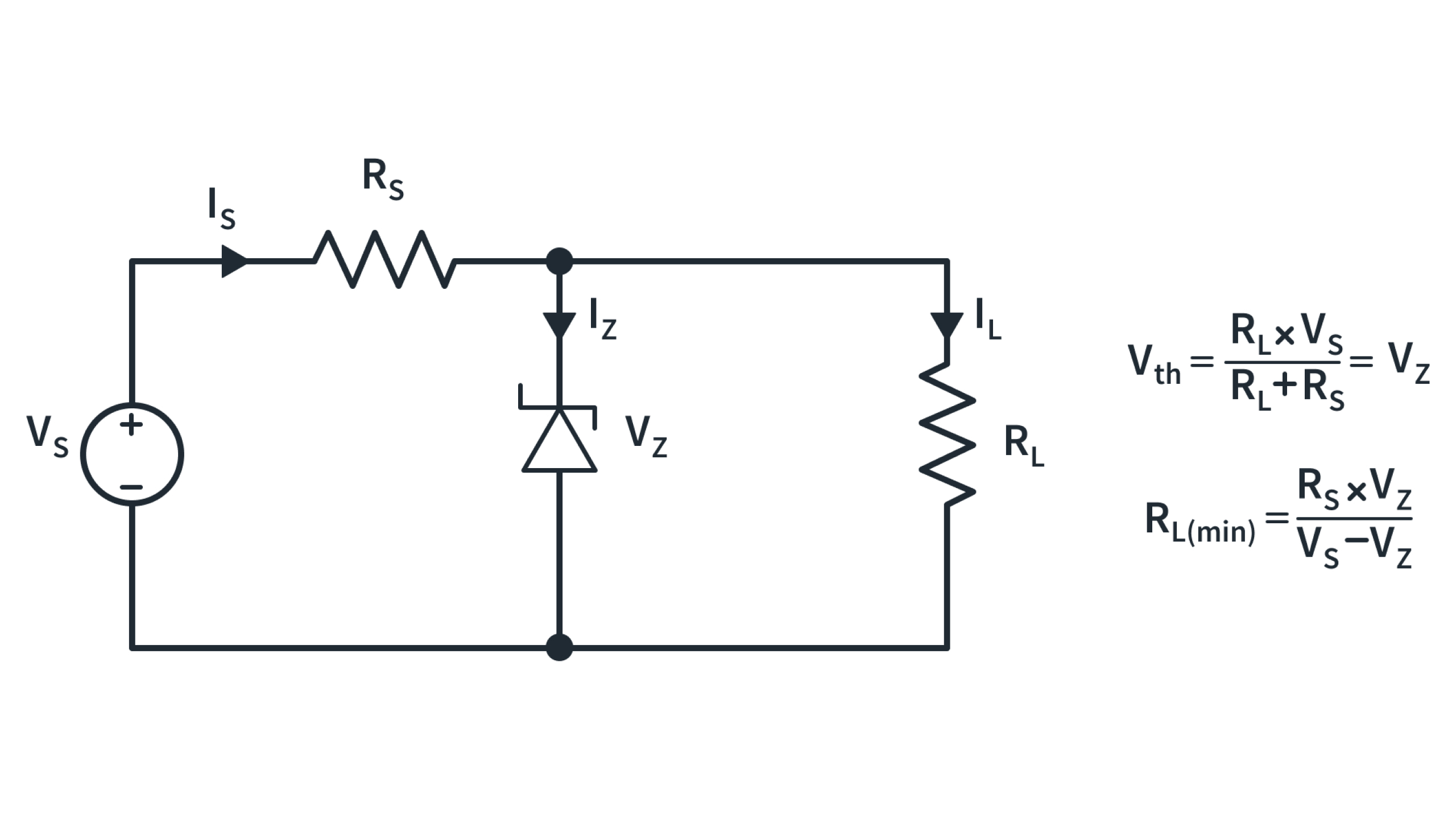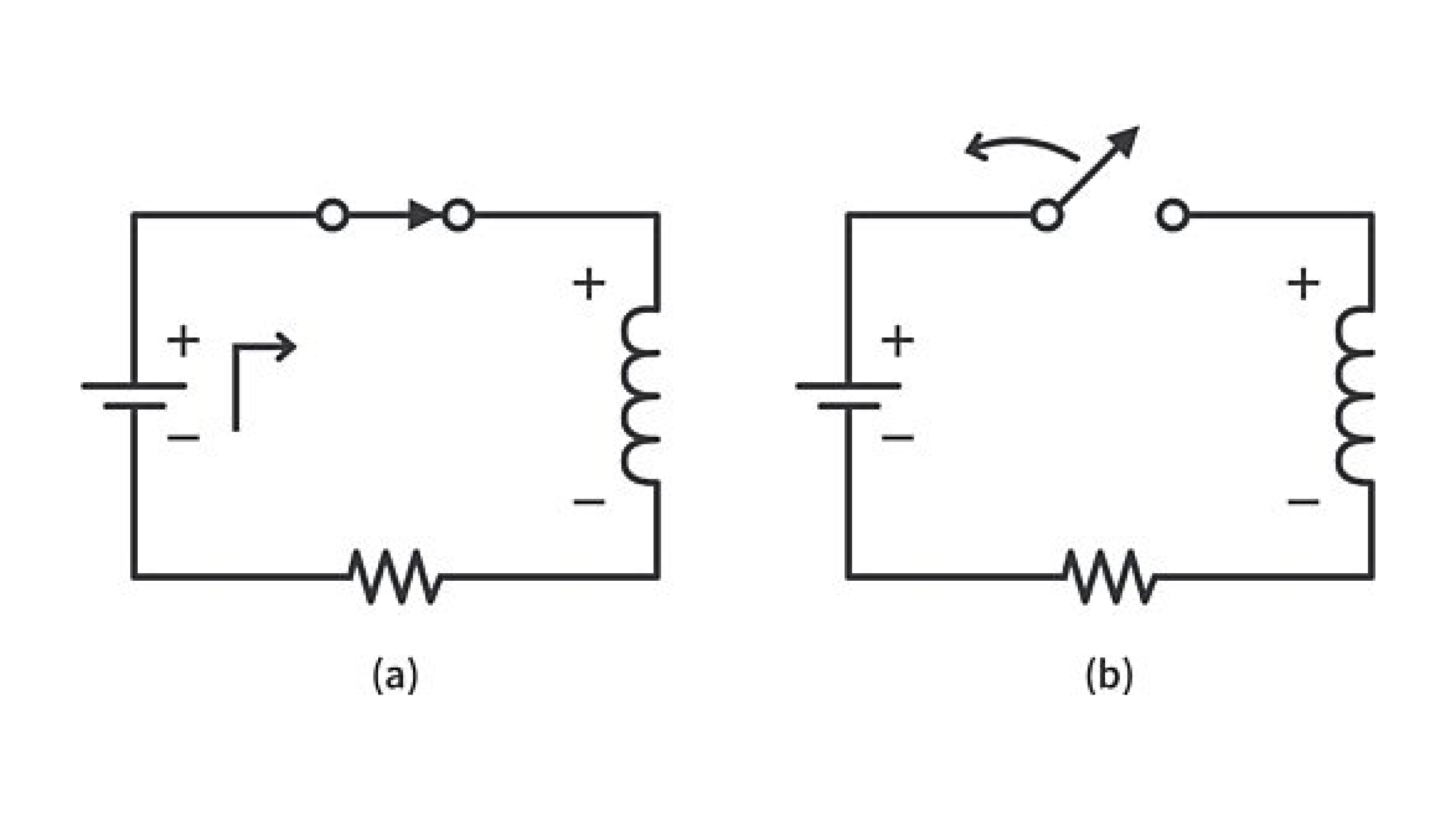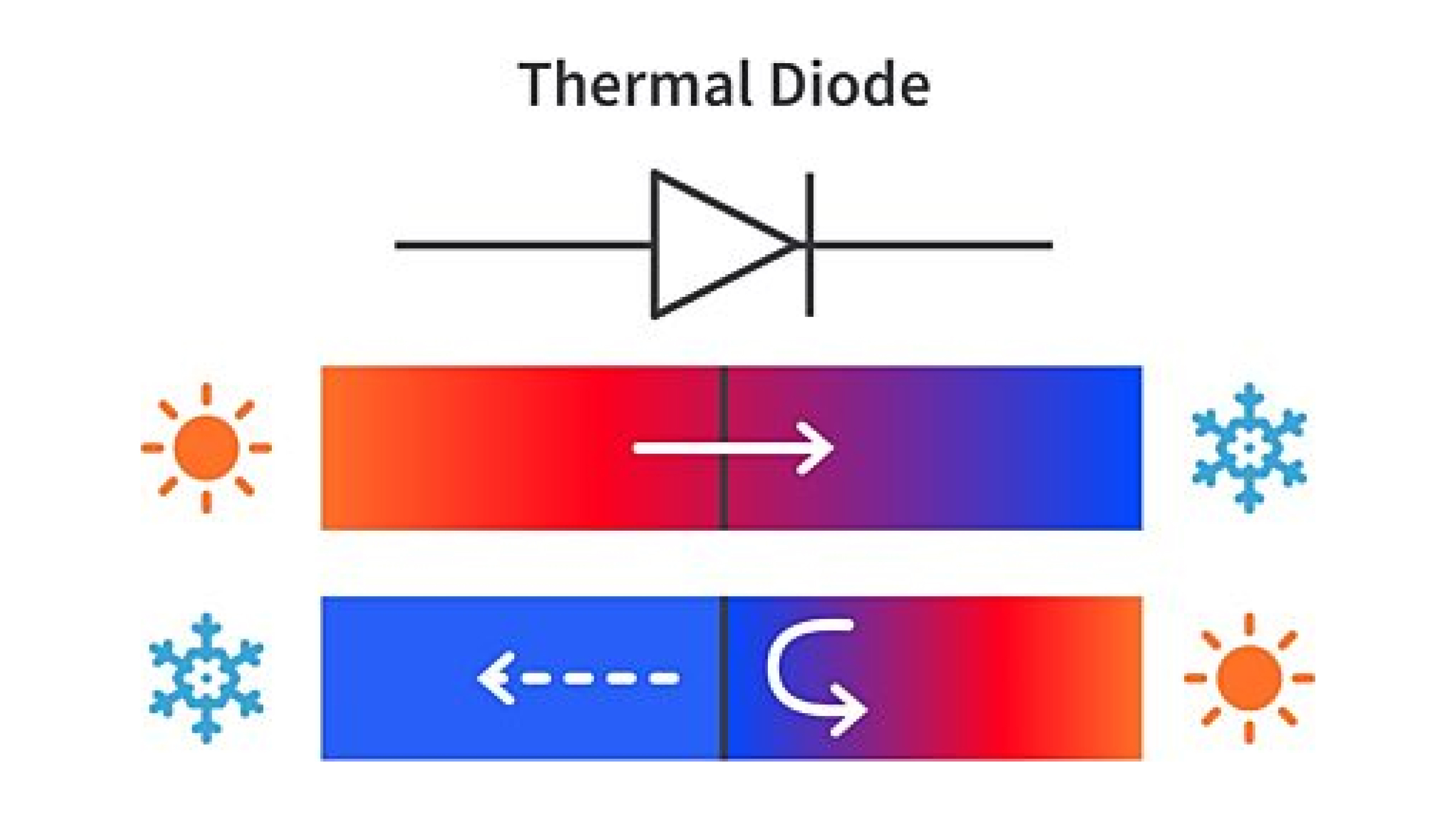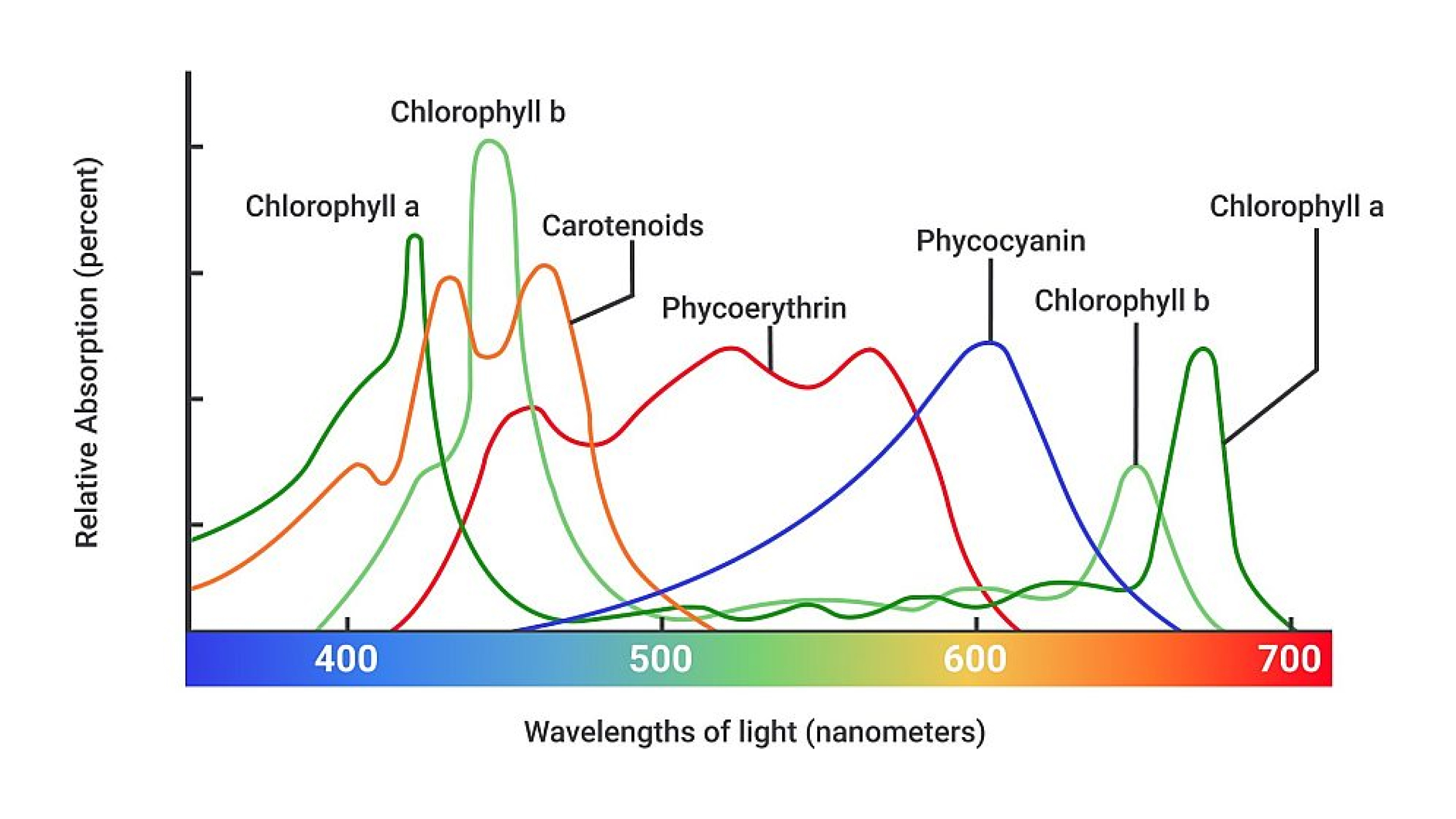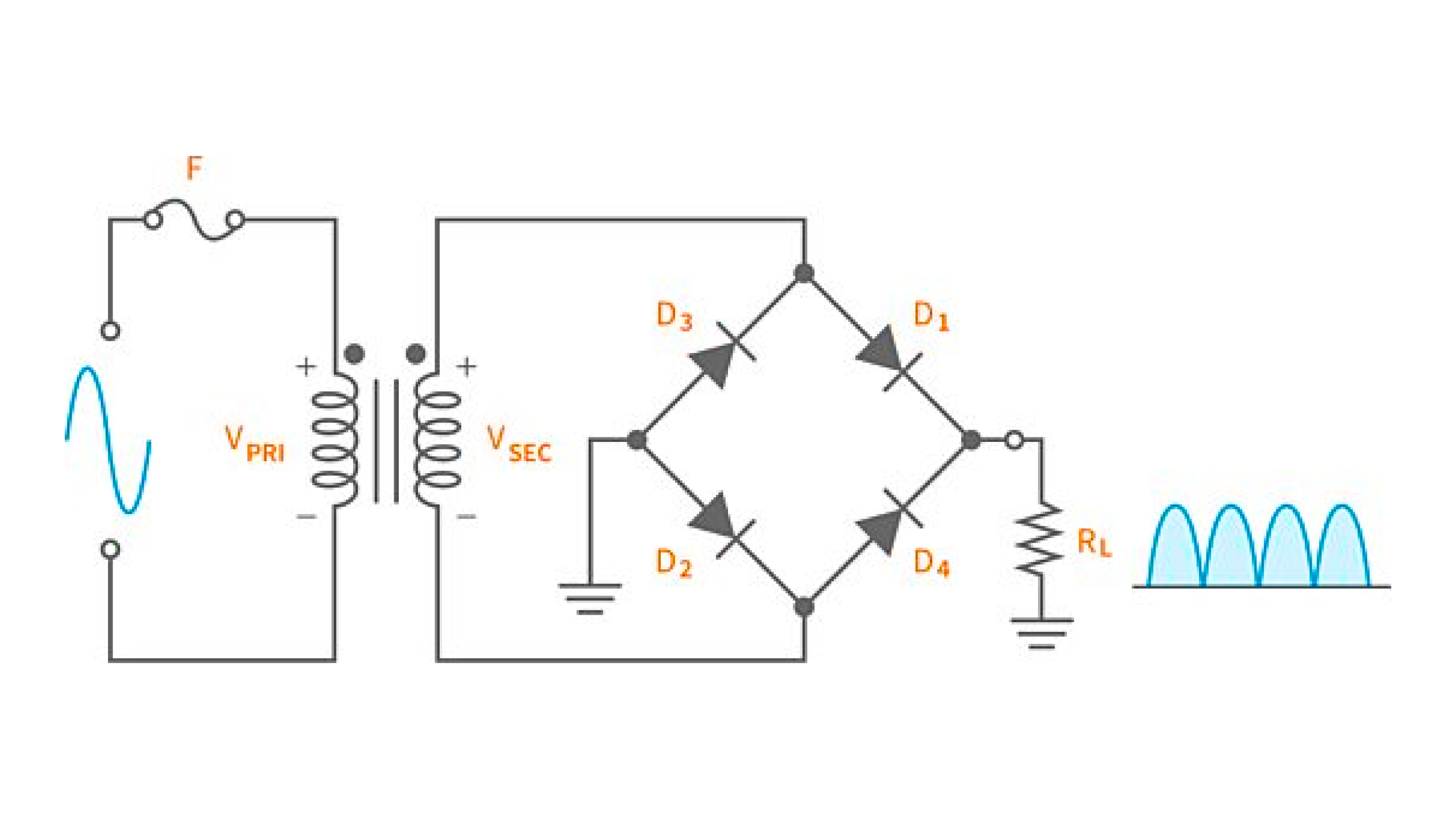Bridge Full-Wave Rectifier - Practical Demonstration
Published
Welcome to this tutorial about full-wave rectifiers. We've done a tutorial on half-wave rectifiers and now this is an opportunity to see why full-wave rectifiers are even better. Now we're not going to be going into the conceptual work here. We have another tutorial on the concepts if you need a better understanding of that. But I do just want to show it in action so you can see what it's like when you have a real setup that's really coming from the wall, really getting transformed down, really getting rectified, and really being shown on an oscilloscope. So with that, let's jump right into it.
As I mentioned, we have this transformer that's taking our US voltage of about 115 volts down to about 12 volts. Now I'm going to talk about why I did the air quotes there later but yeah, right now it's about 12 volts that is being run into our full-wave rectifier setup. Here are set of four diodes organized in such a way that when voltages cross the diodes in one way, the current will flow one direction and when the voltage is another way the current flows to it and another way making it always positive. The output, as you can see is here on the oscilloscope.

So if you remember the half-wave rectifier tutorial that we've done, they would only come up, come down and then for the other half of the cycle, it would just be flat and do absolutely nothing, then come up, come down flat. But here, it's up, and then instead of going down or disappearing, because we have that unique organization of the diodes, it comes back up and gives us another spike just like that. And it's a beautiful thing.

Now, there's a couple of things to pay attention to when you're dealing with a full-wave rectifier. Unlike a half-wave rectifier, it's quite a bit more complicated. Instead of having just one diode, you have four diodes and four different nodes, and you have to hook those nodes together properly and give it power properly. And if you do it wrong, it's going to cause problems, you're going to short circuit and you're going to cause things to spark and you're going to blow fuses, and that's not good. So like anything with electronics, it's not a problem, just take your time. Make sure you're doing it carefully and you'll be totally fine.

Another thing that you need to worry about with a full-wave rectifier versus a half-wave rectifier is that the half-wave rectifier, you are only using one diode and so you only have one diode forward voltage drop. And that is typically point seven volts depending on how you have it. It could be more or could be less, but we're assuming point seven volts here. So if you have two diodes, in this case where you have to have the voltage across two diodes in series, you're going to lose 1.4 volts across both of them. So you're going to lose just a little bit more on that side. But at the same time, due to the fact that you're getting two full cycles instead of just one, even if those peaks aren't quite as high and you're losing that power there, it's usually much much more worth it to have a full-wave rectifier than a half-wave rectifier. And that's why you almost never see half-wave rectifiers in the wild is because they're just so inefficient.

So let's just run over some of the numbers here. Now I'm going to use my multimeter and it's going to be measuring AC voltage here and it is popping up at 13.4 volts AC and then as we look at the output that comes out through the half-wave rectifier. So this is the voltage across the load, my average is 11.7 volts. So again, since we lost 1.4 volts, approximately 11.7 plus 1.4 is 13.1. So it seems like our diodes are actually a little bit more than point seven volts forward voltage drop on these. So that's something that you should be paying attention to.

You'll also notice on here that if you can see I'm not sure if the camera is able to catch the detail here, but I'm not only measuring the average voltage here, but the peak to peak and RMS. So the peak to peak here is 18.4 volts and that's why I said 12 volts earlier is because in reality, what you're getting is quite a bit more than those 12 volts. But once you get through everything and you get the average, it drops down significantly. So here we've got 18 volts peak, 18.6, we've got 11.7 volts average and then 13.1 volts RMS.

So when you're dealing with, well, frankly, anything, but in particular, full-wave rectifiers, you need to make sure you're measuring the correct thing. So if you say, Hey, this is going to be only 12 volts average over it, I only need something that's rated for 15 volts, but then you end up with 18-19 volts peak to peak over, you're going to damage that. So make sure you're taking into account all of those measurements when you're choosing what devices to put in here. So that's really it. I just wanted a really brief hands on show of what happens when you're working with a full-wave rectifier. I hope that was helpful and I hope it was interesting as well. If you have any questions, leave it in the comments below. We'd be glad to help you!

Get the latest tools and tutorials, fresh from the toaster.


